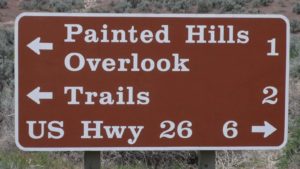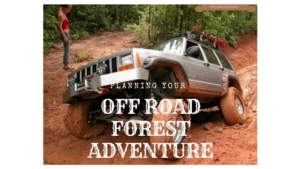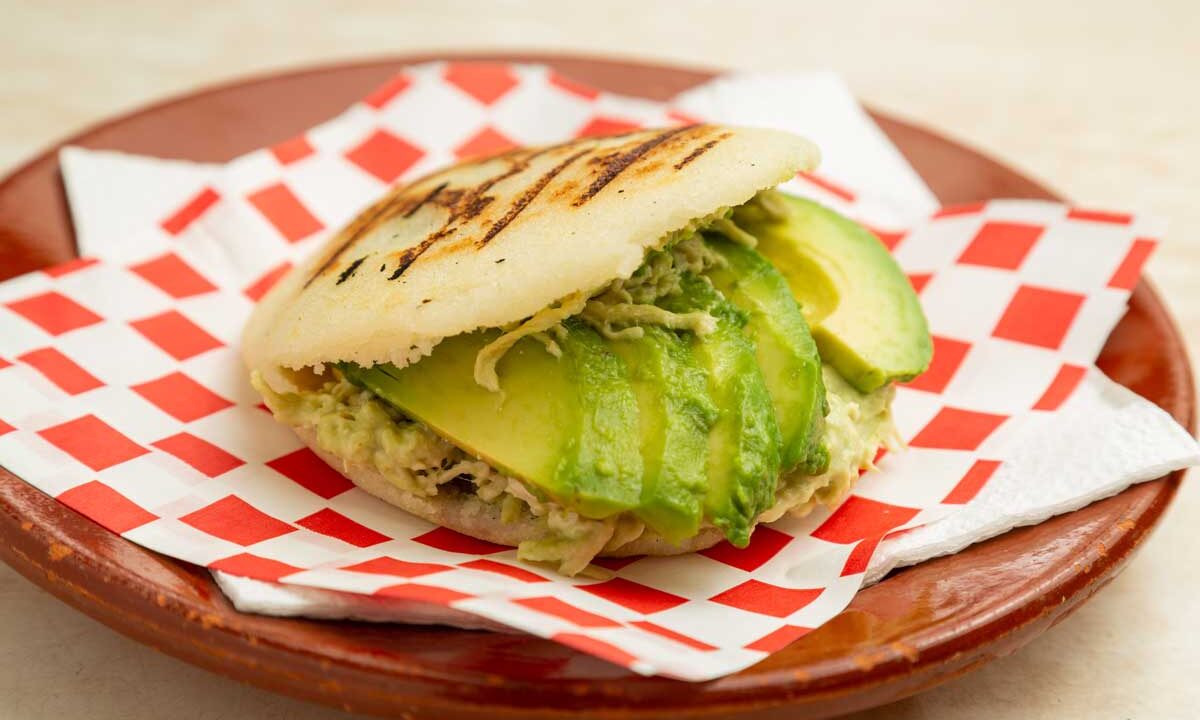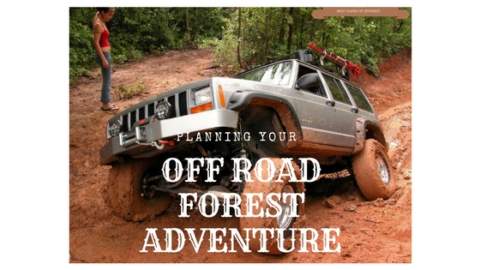Off-roading can bring you fun, excitement, and just a little bit of danger. But when you have an itch to head out and hit the trails, it’s not as simple as taking a hard right turn into the open country. You’ve got to plan your trip and prepare, after all, a lot can happen out there. If you’re planning on taking the rig out on its first off-road adventure, be sure to check out this list of tip and tricks and gain a little bit of trail wisdom.
If this is your first rodeo, we should dispel a common misconception right out of the gate: off-roading is not really off-road. It’s not on paved roads, no, but it’s not a matter of heading out into the forest with no destination in mind either. What you’ll want to find are permitted off-road trails in your area where you can follow a worn path, but also have fun and test your vehicle’s limits along the way. The National Parks Service maintains quite a few paths and that’s a good place to start your search.

We like to think of off-roading like backpacking, except in this case, the backpack is your vehicle. There are plenty of odds and ends you won’t want to be without. Flashlights, and even road flares can sure come in handy, even when you don’t plan on needing them. After all, you never plan on getting a flat, but you wouldn’t want to go off-roading without a spare tire, jack, and tire iron.
But some things won’t fit in your backpack, or your vehicle – in particular: a buddy. It’s always best to go out in a group if you can, and avoid long treks on your lonesome. Not only is it more fun but if you break down out in the wilderness, the assurance that a good friend is right there with you is better insurance than a trunk full of tools and spare parts. You can always take classes to ensure you drive your best on the trails, but no amount of know-how can replace a little bit of back-up.
Pre Designated trails will help prevent you from running hood first into a log, or ending up in a river. That said, they’re no cakewalk either. It’s important to drive fully alert and at the top of your ability. Even still, moderate to severe damages to your vehicle, especially in the front end, are always in the realm of possibilities. Your factory bumper likely won’t be of much help – which is why you’ll notice many off-roaders have elected to add an aftermarket bumper specifically suited to off-roading.
Another piece of protection a lot of trailheads go for is a set of nerf bars or running boards. These easily installed steps line the side of your truck or SUV and serve a dual purpose. For one thing, they help you and your passengers climb into your vehicle, and they bring the added bonus of knocking rocks and other debris out-of-the-way while off-roading. Whenever you’re off-roading, pebbles, stones, and other paint-scratching scraps are being constantly tossed up by your spinning tires. Dents, dings, and even cracked windows are no stranger to the trails, which is why a set of side steps can really come in handy.
Another popular name for off-roading is “mudding”, and if you venture out in wet conditions you’ll see why. Plenty of people live for getting a good afternoon of mudslinging in, and this is definitely not the time to try to keep your ride clean. In fact, driving back into town with a mud-covered beast is a badge of honor in some circles.
But we’ve found even the muddiest of mudders like to keep their interiors clean if they can which can be a difficult feat, especially if you need to get out and give your pal a push at any point. This is where rubberized all-weather floor mats really come in handy. The deep walls and thick construction of these mats can hold plenty of dirt and mud. Plus just like your vehicle’s exterior, you can just hose these off in your driveway when you get home.

Off-roading, like camping or backpacking, is one of those activities where you might feel like you could never bring too much. And yet, you’ll always feel like you’re forgetting something important. So in addition to the above mentioned items, we’ve prepared a checklist of helpful tools that you’ll always be glad you brought when the time to use them presents itself.
Check-list: – Water (one gallon per person per day)
– Food and trail rations (Twice the amount you think you’ll need)
– Extra Gasoline (Jerry cans)
– First aid kit
– Full Sized Spare Tire
– Jack and Tire Iron
– Basic Tool Box
– Hand Sanitizer
– Flashlight
– Flares
– Sun screen
– Extra clothes
– Rain jacket
– Maps
– Trash bags
– Bug spray
– Sunglasses
– Jumper cables
– Duct tape
– Utility knife
– Air pump and pressure gauge
– Rags
– Super glue
– Paper towels
– Tent[/tab] [/tabs]
Jake McKenzie is a writer with AutoAccessoriesGarage. In addition to writing about cars, trucks, and the automotive world.
You may like to read Staying Safe On Your Next Cross Country Road Trip

PIN IT FOR LATER










